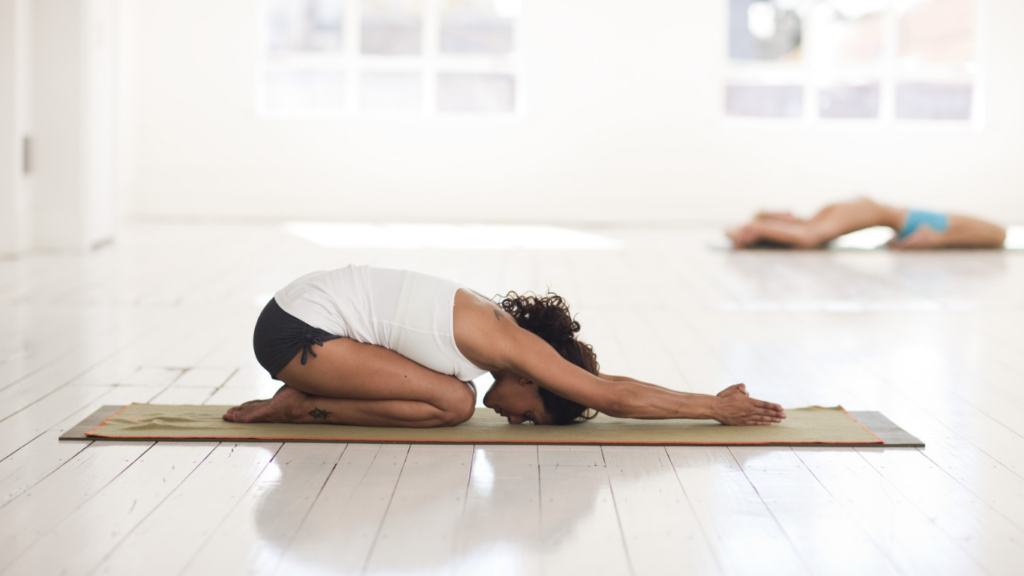When it comes to injury prevention in physical activities, the debate between dynamic and static stretching continues to be a hot topic. As an avid fitness enthusiast, I’ve often found myself pondering which stretching technique truly reigns supreme in safeguarding our bodies from harm during exercise.
Dynamic stretching involves active movements that mimic the activity you’re about to perform, while static stretching focuses on holding positions to lengthen muscles. But which approach is more effective in reducing the risk of injuries?
In this article, I delve into the age-old question of dynamic versus static stretching to uncover the science behind each method’s impact on injury prevention. Join me as we explore the benefits and drawbacks of these stretching techniques to help you make an informed decision on the best practices for keeping your body safe and primed for physical challenges.
The Difference Between Dynamic and Static Stretching
- Dynamic Stretching: This type of stretching involves controlled, active movements that increase blood flow and range of motion, making it ideal for warming up before physical activities and enhancing overall performance.
-
Static Stretching: Performed by holding a stretch for a prolonged period, static stretching helps improve flexibility and is best used post-exercise to aid in muscle recovery and reduce stiffness.
Dynamic Stretching
Engaging in dynamic stretching involves performing active movements that mimic the actions of the upcoming exercise routine. These movements help increase blood flow, boost muscle temperature, and enhance overall flexibility.
Examples of dynamic stretches include leg swings, arm circles, and walking lunges.
Static Stretching
On the other hand, static stretching focuses on holding a position that elongates the muscle for a specific period. This type of stretching aims to improve muscle flexibility and range of motion. Common static stretches include hamstring stretches, calf stretches, and shoulder stretches.
Understanding the distinctions between dynamic and static stretching is crucial for tailoring your warm-up routine to the specific physical activity you plan to undertake. By incorporating the right mix of dynamic and static stretches, you can optimize your injury prevention strategies and enhance your performance in various physical endeavors.
Benefits and Drawbacks of Dynamic Stretching
Benefits of Dynamic Stretching
Dynamic stretching offers several advantages for individuals preparing for physical activity. It promotes increased blood flow and muscle temperature, which are essential for enhancing flexibility and overall performance.
By mimicking the movements of the upcoming exercise, dynamic stretches help activate the muscles and joints, improving range of motion and reducing the risk of injury. Incorporating dynamic stretching into your warm-up routine can optimize your athletic performance and prepare your body for the demands of the workout ahead.
Drawbacks of Dynamic Stretching
While dynamic stretching is beneficial for pre-exercise preparation, it may not be suitable for everyone, especially individuals with certain health conditions or injuries. Performing dynamic stretches incorrectly or excessively can lead to muscle strain or overuse injuries if not done with proper form and control.
Additionally, dynamic stretching may not be as effective for improving overall muscle flexibility compared to static stretching techniques. It is important to balance dynamic stretching with other forms of flexibility training to prevent overstretching and ensure a well-rounded approach to injury prevention and performance enhancement.
Benefits and Drawbacks of Static Stretching
Benefits of Static Stretching
Static stretching offers various benefits that can contribute to injury prevention and overall physical performance. It helps in improving flexibility by elongating muscles and increasing the range of motion. This type of stretching is particularly useful for individuals looking to enhance muscle relaxation, reduce muscle stiffness, and improve posture.
Additionally, static stretching can aid in promoting better circulation, leading to improved blood flow to muscles and potentially reducing muscle soreness post-exercise.
Drawbacks of Static Stretching
While static stretching has its benefits, there are some drawbacks to consider. One potential downside is that static stretching before intense physical activity may temporarily decrease muscle strength and power. This can impact performance in activities requiring explosive movements.
Moreover, overstretching during static stretches can lead to muscle strains or injuries, especially if done incorrectly or excessively. It is essential to perform static stretching properly and avoid holding stretches for too long to prevent potential negative effects on muscle performance and injury risk.
Comparing the Effectiveness for Injury Prevention
Exploring the effectiveness of dynamic versus static stretching in injury prevention is crucial for optimizing physical performance and reducing the risk of injuries. Understanding the benefits and limitations of each stretching method can help individuals tailor their warm-up routines to specific activities, ensuring an optimal balance between flexibility, performance, and safety.
Dynamic stretching stands out for its ability to increase blood flow and muscle temperature, preparing the body for exercise. By mimicking the movements of upcoming activities, dynamic stretches like leg swings and walking lunges activate muscles and joints, reducing the risk of injuries during physical exertion.
While dynamic stretching is effective for warming up and improving flexibility, it may not enhance overall muscle flexibility as much as static stretching. On the other hand, static stretching focuses on elongating muscles, improving flexibility, range of motion, muscle relaxation, and posture.
This method promotes better circulation and can help reduce muscle soreness after exercise. However, performing static stretches before intense activities may temporarily decrease muscle strength and power, affecting performance in explosive movements. Improper execution of static stretches, such as overstretching, can lead to muscle strains or injuries.
To optimize injury prevention and performance enhancement, a balanced approach that combines dynamic and static stretching is recommended. By incorporating both methods into warm-up routines, individuals can maximize the benefits of each stretching technique while mitigating their respective drawbacks.
This balanced approach allows for improved flexibility, muscle activation, and reduced injury risk, contributing to overall physical well-being and performance optimization.


 Dawnny Armstrongster, the visionary founder of Toe Back Fitness, is a passionate advocate for health and wellness, driven by a mission to empower individuals to lead active, balanced lives. With a deep understanding of fitness and injury prevention, Armstrongster has cultivated a platform that merges expert insights with practical advice, making fitness accessible to people at all levels. Her commitment to promoting sustainable lifestyle habits and safe workout practices reflects her dedication to long-term well-being. Under her leadership, Toe Back Fitness has become a trusted resource for those seeking to enhance their physical health, choose the right gear, and build routines that align with their fitness goals.
Dawnny Armstrongster, the visionary founder of Toe Back Fitness, is a passionate advocate for health and wellness, driven by a mission to empower individuals to lead active, balanced lives. With a deep understanding of fitness and injury prevention, Armstrongster has cultivated a platform that merges expert insights with practical advice, making fitness accessible to people at all levels. Her commitment to promoting sustainable lifestyle habits and safe workout practices reflects her dedication to long-term well-being. Under her leadership, Toe Back Fitness has become a trusted resource for those seeking to enhance their physical health, choose the right gear, and build routines that align with their fitness goals.